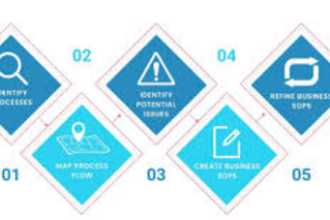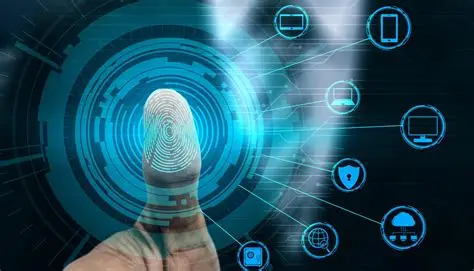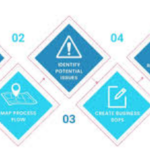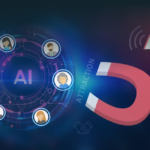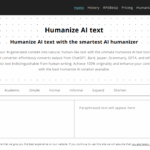I’ll go over how speech biometrics driven by AI will take the place of passwords in this post. Voice authentication provides a safe, practical, and password-free solution by analyzing distinctive vocal patterns using sophisticated AI.
This technology is predicted to revolutionize digital security by 2030, lowering the dangers of identity theft, phishing, and hacking while enabling seamless access across platforms and devices.
What is Voice Biometrics?
A system called voice biometrics uses a person’s distinctive voice traits to confirm their identity. Pitch, tone, cadence, and speech patterns are all unique characteristics of each person’s voice that are difficult to duplicate.

These vocal characteristics are analyzed by AI-powered systems to produce a digital voiceprint that acts as a safe authentication technique. Voice biometrics is very safe and practical because it is hard to steal or forget, unlike passwords or PINs.
It is changing the way we authenticate digitally by being utilized more and more in banking, healthcare, and smart devices for identity verification, fraud protection, and password-free access.
How AI-Powered Voice Biometrics Will Replace Passwords
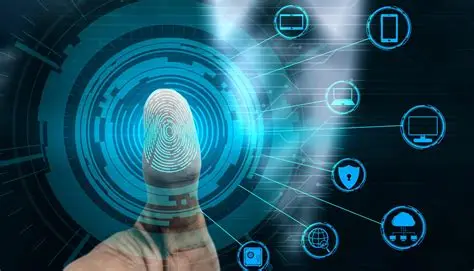
Step 1: Voice Sample Collection
- At the point of account creation, users will record samples of their voice.
- AI systems will analyze their samples to extract features of the voice such as pitch and rhythm.
- The unique voiceprint will be permanently saved and used for future authentication.
Step 2: Voiceprint Comparison
- Users will trigger the authentication system by saying the designated trigger phrase.
- The AI systems will attempt to match the real-time voice against the saved voiceprint in their database.
- The system will account for gradual changes in the users voice over time.
Step 3: Authentication Decision
- The systems will determine the users identity as either matched or unverified, and real-time voice will be either matched or unverified against the voiceprints.
- Users will obtain access to the system as soon as the algorithm determines a match is found or a high enough confidence score in the match is found.
Step 4: Voice Fraud Protection
- The AI system will attempt to measure the authenticity of the voice, to see if the voice is real or recorded, and if an attempt is being made to mimic the voice.
- The AI systems will determine if the voice is coming from a recording or, if it is the voice of a real, living person.
Step 5: Session Voice Monitoring
- Voice recognition systems will be able to passively monitor the user’s voice during an active session.
- The system will notify the user and trigger an authentication check if their voice changes and the system will eliminate the need for the user to enter a password again.
- Voice authentication across finances, gadgets, applications, and IoT.
- End users are allowed seamless and continuous usage of different services without password barriers.
Step 7: Change and Improvement
- Artificial Intelligence improves with recognition training using increasing amounts of sampled data and continued capture of data.
- Voice biometrics will be the sole and dominant form of authentication with all systems losing the capacity to accept traditional passwords by 2030.
Advantages of AI Voice Biometrics
Increased Security: Almost impossible to replicate, so threats of hacking, phishing, and password annoyance are greatly reduced.
No Passwords: You never have to remember or deal with complex passwords.
No Authentication Attention: Some online situations are more applicable, like when you have a mobile device or smart home system.
Security: Unlike traditional methods, voice biometrics AI monitoring continuity and the user’s identity.
Anomaly Detection: AI deep fake detection and voice spoofing, as well as patterns in speech.
No Frustration: Compatible with any app, banking, device and cloud.
Adaptive: AI voice recognition can be a proxy for change over many years.
Limitations of Traditional Passwords
Vulnerability to Hacking
Gained by phishing, malware, or any other data breach.
Weak/Default Passwords and Password Reuse
Security breaches are easy and common because users select simplistic passcodes and reuse the same passwords.
Forgot Passwords/Resetting Passwords
Users find the need to set passwords constantly to be frustrating, and time consuming.
Costs Too Much
Organizations are inefficient with cost by assuming password reset and support from the IT department.
Social Engineering Attacks
Users can be tricked to give up passwords.
Lack of Protection
Passwords do not secure devices or interfaces.
No Ongoing Protection
Once a user logs into a session, there isn’t any authentication and that idle session becomes vulnerable.
Challenges and Concerns
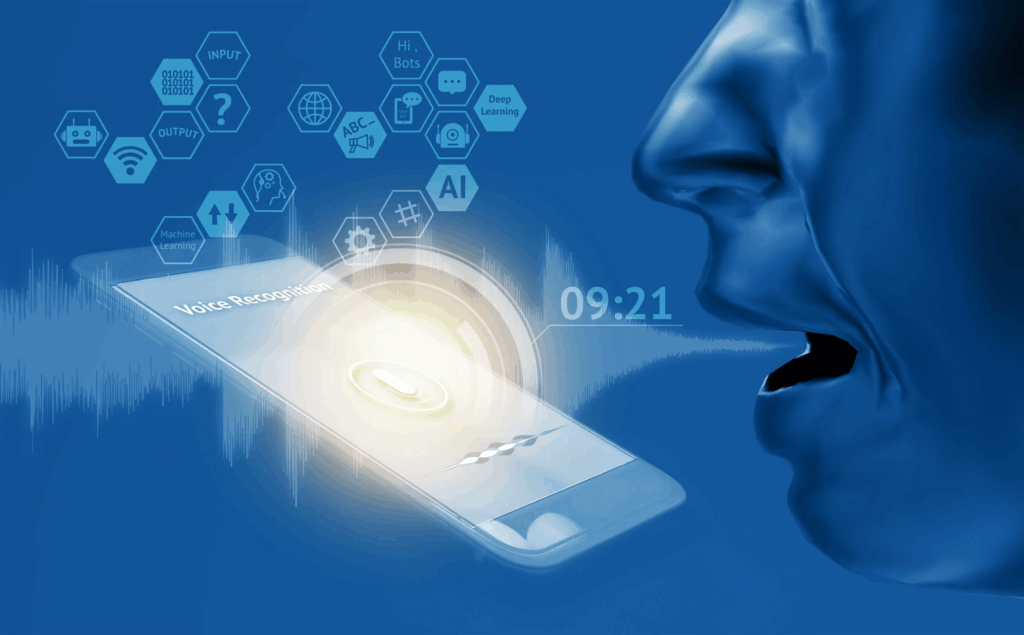
Privacy Concerns
There is a risk of sensitive voiceprints being kept and/or abused.
Voices Spoofing/Deep Fakes
There is a risk of AI-computer- generated voices being able to pass themselves off as legit users and/ or customers.
Environmental Factors
There may be recognition impairing background noise and/or poor microphones and/or users being ill.
Technical Limitations
Reliability may be diminished with speech being presented in different patterns, accents, or/ and in different languages.
Regulatory Issues
The complexity of following legislation such as GDPR is a given.
User Acceptance
The adoption of voice-based authentication may be refused due to a lack of trust and concerns of privacy.
Implementation Issues
The complexity in providing the service across different interfaces and legacy systems is considerable.
The Road to 2030: Predictions and Trends
| Trend / Prediction | Details |
|---|---|
| Widespread Adoption | Voice biometrics will become common across banking, healthcare, and IoT. |
| AI Accuracy Improvements | Advanced AI will enhance recognition speed and reliability, reducing errors. |
| Password-Free Ecosystem | Traditional passwords will be largely replaced by voice authentication. |
| Continuous Authentication | Voice biometrics will provide ongoing verification during user sessions. |
| Fraud & Deepfake Detection | AI will detect spoofing attempts and prevent unauthorized access. |
| Regulatory & Privacy Standards | Governments and organizations will implement stricter data protection rules. |
| Cross-Platform Integration | Voice biometrics will work seamlessly across devices, apps, and cloud services. |
| User Trust & Acceptance Growth | Increased familiarity will make users more comfortable with voice authentication. |
Conclusion
AI-powered speech biometrics, which provide a safe, practical, and password-free authentication mechanism, is poised to transform digital security. AI offers strong defense against hacking, phishing, and identity theft while facilitating seamless access across platforms and devices by evaluating distinctive speech characteristics.
Widespread use is being made possible by ongoing developments in AI and growing user acceptance, despite obstacles like privacy issues and technical constraints. Traditional passwords will probably be replaced by voice biometrics by 2030, resulting in a digital authentication ecosystem that is safer, more effective, and easier to use.
FAQ
What is AI-powered voice biometrics?
AI-powered voice biometrics uses artificial intelligence to analyze unique vocal features—such as pitch, tone, and speech patterns—to verify a person’s identity securely.
How is it different from traditional passwords?
Unlike passwords, which can be stolen, guessed, or forgotten, voice biometrics relies on unique physical and behavioral traits, making it more secure and convenient.
Where is voice biometrics used today?
It is increasingly used in banking, healthcare, smart devices, telecommunication, and customer service for secure authentication and fraud prevention.

